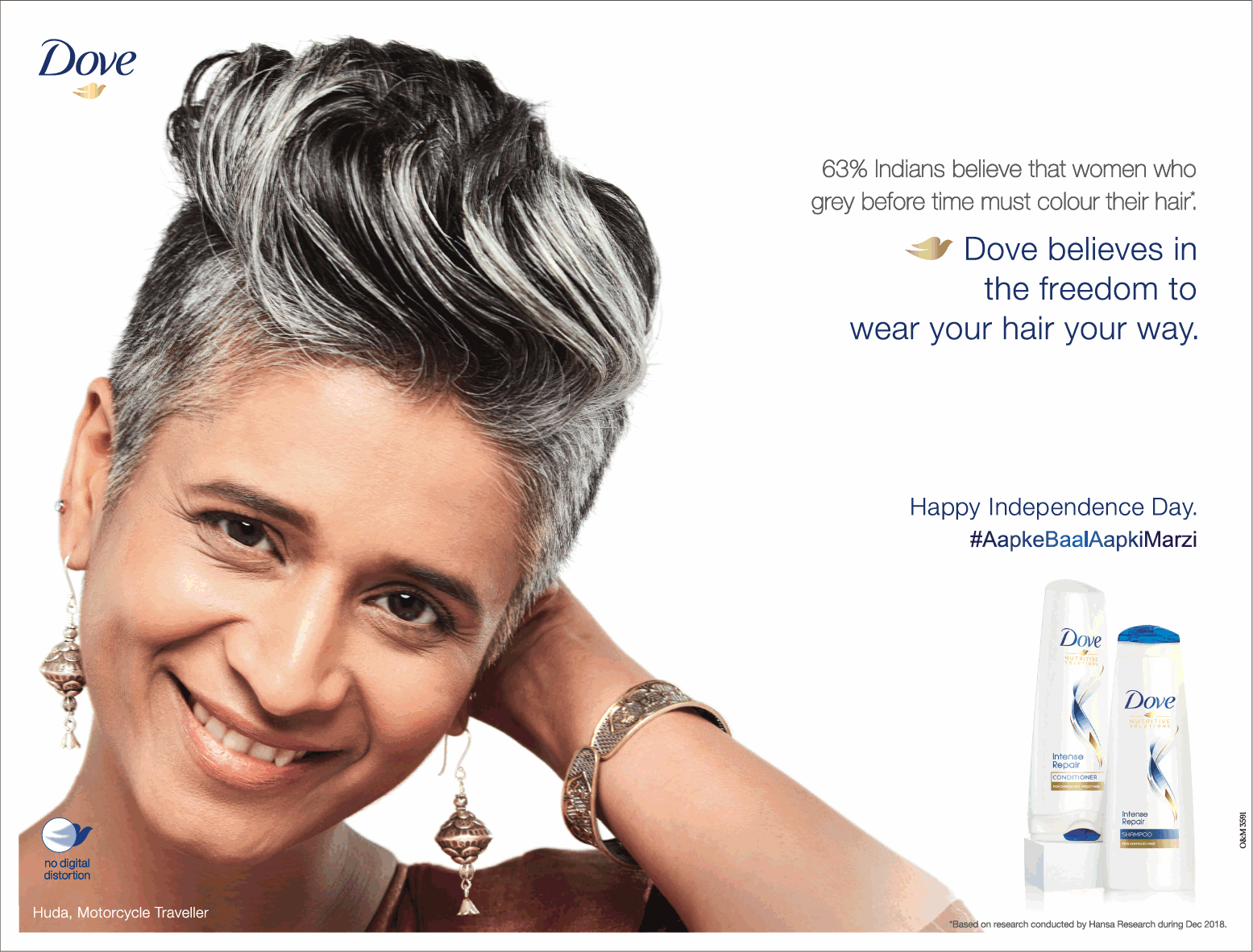Say what you want about millennials (young adults between the age of 22-37) and Gen Z (currently between 10-22 years old), but ‘Millzys’ are reshaping society and the way companies do branding and business through their increased social awareness and eccentric tastes.
Aesthetics are vital…
Contrary to what baby boomers might tell you, the Internet has been around since the early 80s. But in just a short time, Millzys have made it their own.

They have launched a new digital revolution where aesthetic is king — just ask the 1 billion (and counting) users who log on to Instagram every month. This means short captions and attractive visuals are the winning formulae to catch the fleeting attention of people online.
These should not come as a surprise because humans, after all, are highly visual creatures that can process images up to 60,000 times faster than written text.
Companies and brands know this, and that’s why their services or products can no longer be just functional or practical, but they also have to be a thousand times visually appealing to become popular.
Just take a look at Apple or Tesla products, they are not only high quality but also have sleek designs. Consumers gravitate towards these brands because their aesthetics elicit pleasant emotions in the buyer.
…but it’s not everything
We have established that aesthetics is vital to the whole operation of attracting eyeballs. But companies can’t just coast off their looks, they also have to stand for something or some things. Millennials are not just looking at the what, they are also asking the whys.
Brand purpose is important in their decision to associate or buy from a brand. Companies cannot just produce an item, buy a billboard, and hope a catchy slogan would be enough to get into the hearts and wallets of young people. You can’t “Mad Men” your way to the top anymore, you now also have to sell the purpose of your company.
Of course, this is easier said than done. There are hundreds of brands that couldn’t quite get it right, even if their hearts, as they say, are “in the right place.”

Simply adding emotion to a TV spot or two will not cut it anymore. You need to embody their purpose (and values) then practice it consistently. It should be authentic, sensible, and consistent in everything you do. After all, brand management is building trust with the consumer.
One good example of a brand that really does this well is Dove. In a way, they can be considered as the forefathers of purpose-driven marketing. In the mid-20th century, Dove was just like any other soap brand that talked about how their products will make you attractive. Years went by before they realized that they were feeding into the idea that there was only one version of beauty; they had created a standard for women to live up to. Dove saw this as a growing problem and adapted to find a new purpose.
Since 2004, Dove has completely changed how they communicate. They’re advocating for women and redefining beauty in the 21st century. They don’t even talk about soap in their ads anymore. Through communicating their purpose, their sales have exploded from $2.5 billion to $4 billion after the shift.
Spread the message
It’s not enough to have a strong brand purpose — you have to send the message across to your target market.
The most logical place to do this is through social media. But unlike traditional media (TV, radio, and print), you are no longer competing with other brands, you are also up against millions of funny memes, cat videos, and a million other things.
You need to grab people’s attention with compelling, genuine, and snappy content. In addition, you must start conversations, create a diverse content calendar, and use popular and niche keywords to reach a specific audience. Doing so will garner a response from the public and can potentially make them fall in love with your brand over time.

The kids are alright
It’s so easy to brush off Millennials and Gen Zers as eccentric and difficult creatures.
But that is simply not the case.
They are intelligent, compassionate, creative, and hardworking people from a digital-savvy time. They are socially aware and associate themselves with brands that champion their beliefs.
Social media plays a huge role in their decision making and that includes their purchasing capabilities. If you take the time to study, learn, and implement these principles to your practices, it will be much easier for your brand to communicate with the next generation.
